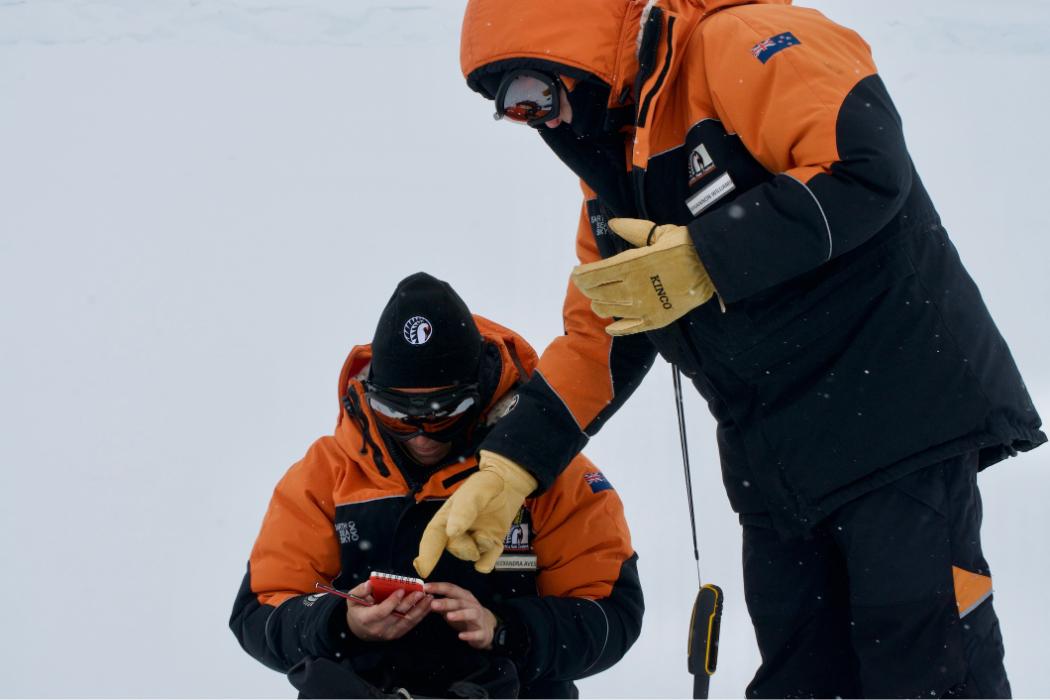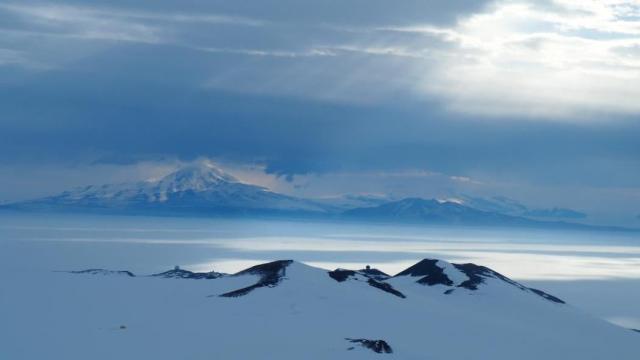Microplastics continue to infiltrate even the most remote parts of Earth. New research has identified tiny bits of plastic in the continent’s snowfall, likely arriving there from local sources, according to the team. These particles could enter the Antarctic food chain, while dark-coloured microplastics may even speed up the melting of snow.
Researchers from the University of Canterbury in New Zealand analysed 19 samples of freshly fallen snow, taken from the top 2 centimetres of the Ross Ice Shelf in Antarctica. They found microplastics — plastic particles less than 5 millimetres in diameter — in all of their samples. While previous research has found microplastics in the Antarctic, the team says this is the first study to find them in fresh snowfall. Ph.D. student Alex Aves is lead author on the paper, which was published in the peer-reviewed journal The Cryosphere yesterday.
“It’s incredibly sad, but finding microplastics in fresh Antarctic snow highlights the extent of plastic pollution into even the most remote regions of the world,” Aves said in a release from the University of Canterbury. “We collected snow samples from 19 sites across the Ross Island region of Antarctica and found microplastics in all of these.”

After Aves and her colleagues thawed the samples, they searched for microplastics using a microscope and determined their composition using infrared spectroscopy. They found a total of 109 particles of 13 different types of microplastic across all of the samples, and an average concentration of 29.4 particles per litre of melted snow. Polyethylene terephthalate (known as PET) was the most common type of plastic the team found in their samples. PET is frequently used as a synthetic fibre and to make plastic bottles.
“When Alex travelled to Antarctica in 2019, we were optimistic that she wouldn’t find any microplastics in such a pristine and remote location,” University of Canterbury associate professor of environmental physics and co-author Laura Revell said in the university release. “Looking back now, I’m not at all surprised.”
The researchers argue that a key source of the microplastic they found in their samples was from right on the continent itself. Since the concentration of microplastics was higher in samples collected closer to Antarctic research stations, they believe that the plastic could be coming from flags, research equipment, jackets and other synthetic clothing, or even garbage. But they also note that its possible the microplastics wound up in Antarctica from afar via transport through the atmosphere — as has been observed in the Arctic — or that microplastics in the Southern Ocean could have been picked up by sea spray and dropped onto the land mass.
Microplastic has been found in some of the most remote parts of Earth, from the peaks of the Pyrenees Mountains to the bottom of the Mariana Trench. While we may have already known about the presence of microplastics in Antarctica, this study offers clues as to where most recently deposited plastic may be coming from. It’s worth noting is that this study, while important, is limited. Since only a handful of samples were collected across a relatively small area of the continent, the researchers believe that this work should be replicated, which could tell us more about the role — and perhaps ubiquitous presence — of microplastics in Antarctica.
